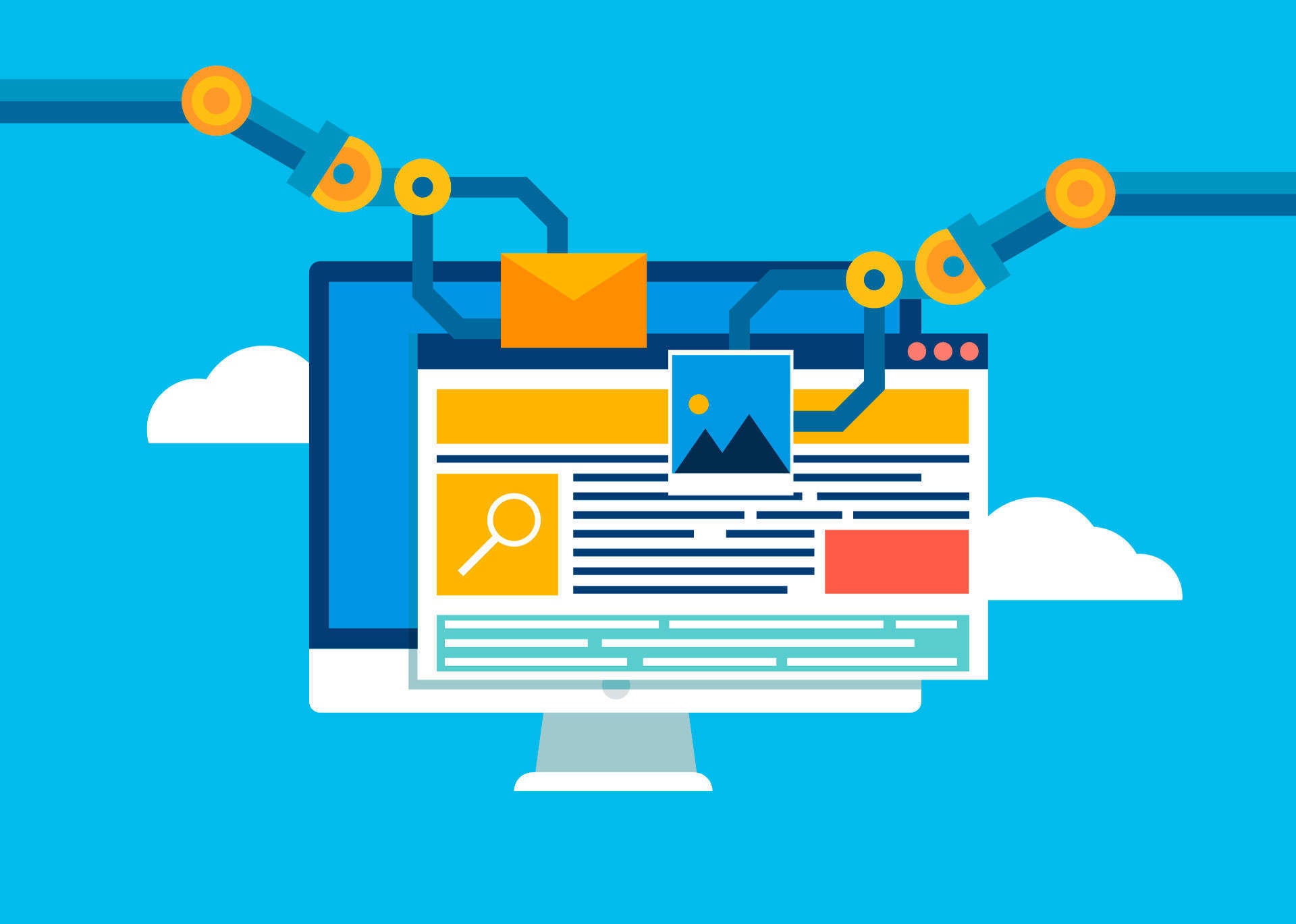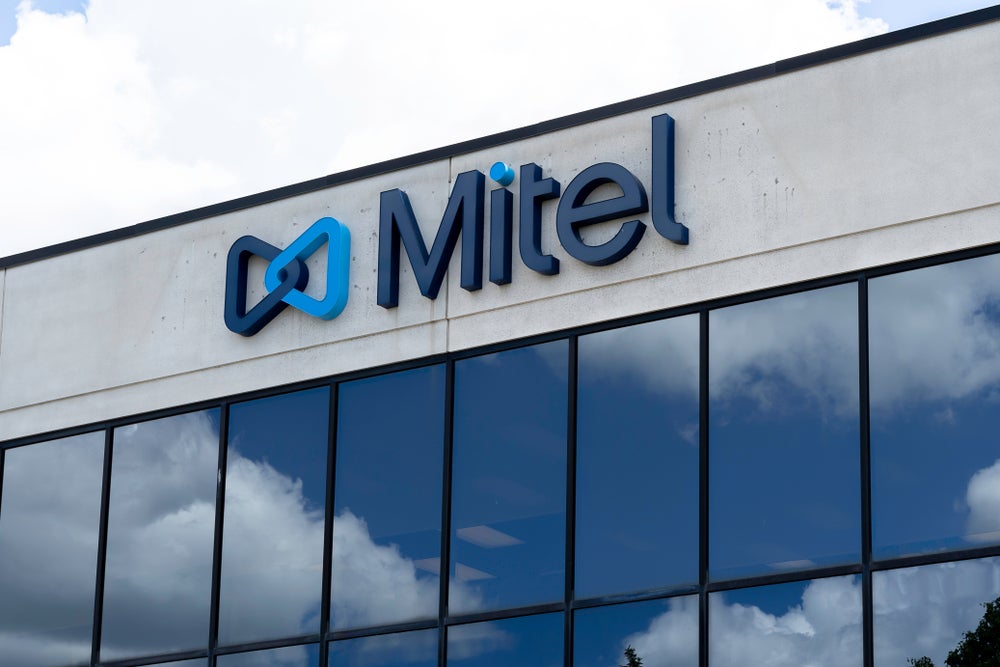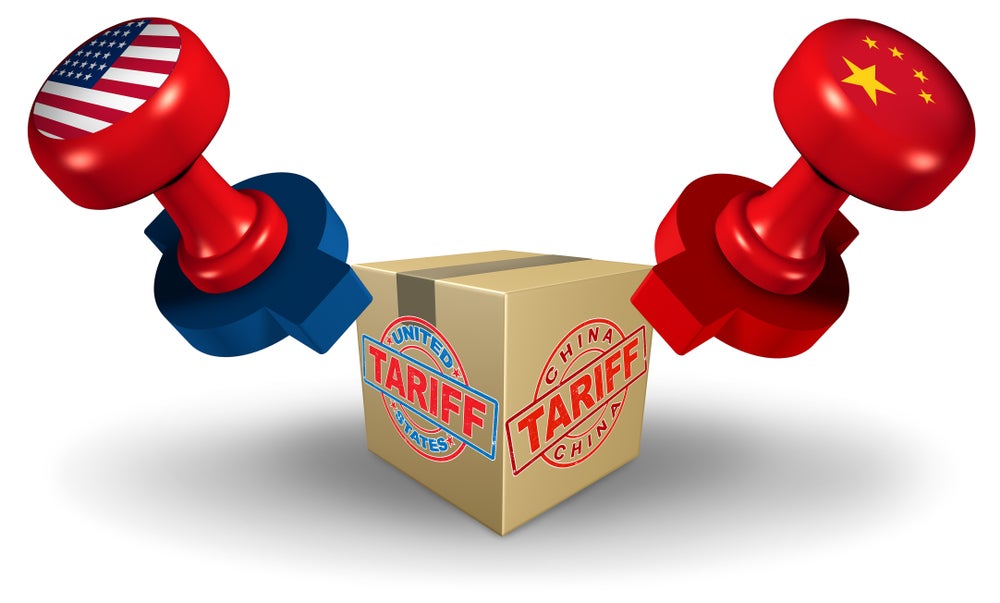
The world of robotic process automation, or RPA, is exploding, with numerous industries finding new ways to automate repetitive or mundane aspects of their business.
A leader in this field is Automation Anywhere, with the company focusing its efforts of the creation and deployment of Intelligent Digital Workforces, software bots designed to work side by side with people.
Verdict spoke to Automation Anywhere co-founder and SVP of brand strategy Neeti Mehta on how automation is helping workers live up to the company’s motto “go be great”.
Ellen Daniel: How has the world of automation developed in recent years?
Neeti Mehta: Automation is not something new. It’s been there for a while, you know, from the software point of view, it’s been there for the last 30, 40, even 50 years. And what has changed in automation and why this industry has been so well-received and is doing so well, is because traditionally automation was something where you took a process and you hire three engineers. They documented the process then they wrote code to automate the process. And then you actually ran the process automated and this was often a year or two years in the making and was also extremely expensive. Because you had to hire the talent and it took a while, and so forth. Now the problem with that is very few processes stay the same after a year or two. And so it was almost a cycle that was never-ending really.
RPA changed the game because it integrates at different levels. And it brought us a level of business usability to automation. So what was taking about a year or two to start that automation process now can be done in a matter of days, even a week or two. And that’s a game-changer.
Two is, traditionally, automation always worked with one or two applications. But if you think the typical organisation today they have about 3000 different applications that they use if you count everything from IT to business and so forth. The fact that RPA can integrate with any and all of those applications, any applications that are even from legacy systems from custom systems that haven’t been upgraded in a long time. And any other application that may or may not come into the business in the next year or two, or 10 years is a game-changer. Because now you can edit that process, you can use that automation just as easily as you would any other kind of little application that you have for your business. And so that’s a huge, huge benefit.
How well do you really know your competitors?
Access the most comprehensive Company Profiles on the market, powered by GlobalData. Save hours of research. Gain competitive edge.

Thank you!
Your download email will arrive shortly
Not ready to buy yet? Download a free sample
We are confident about the unique quality of our Company Profiles. However, we want you to make the most beneficial decision for your business, so we offer a free sample that you can download by submitting the below form
By GlobalDataED: How is Automation Anywhere different to other companies in this industry?
NM: “We took RPA and went to the next level by introducing AI and ML [machine learning] technologies into it and also a certain level of actionable insights versus just dashboards. And that is what we call the digital workforce. And the idea behind that is that every human or process manager or a division that’s doing a process should be enabled with these digital workers. Who will take care of the repetitive and mundane, and then the human skill set that is actually not replicable, which is experience and creativity and innovation and thinking outside the box. That is actually what the team focuses on, and is able to give it its due attention. And that changes the business worldwide.”
ED: In the future, will having a digital workforce be as common as having a computer?
NM: “It’s a certainty and I think it’s already there in a lot of industries, in a lot of divisions. Just to give you a couple of examples, I know it hasn’t come to the UK as much but in the US, for example, we have 24-hour mortgages. That’s a direct result of RPA. It’s not possible before that to verify between four different systems, have a bank go through all the security and checks that it needs to before offering a life-changing service to a customer.
“I already think everything from logistics, to telecom to banks, to insurance, to healthcare, to farming, to life sciences to government sectors. Really there’s not an industry that we don’t touch…Because coming back to the fact that we’ve generated so much data technology in these last 50 years, every industry has a certain level of processes and a certain level of repetition and tedium… the fact that all businesses can be that reactive to customer needs, or even their own missions and what they’re trying to bring to the market is a game-changer.”
ED: An idea that that floats around a lot when discussing AI is people are afraid that they’re going to be replaced by robots. How do you address that misconception?
NM: “So we did a research piece with goldsmiths University…because we believe that there was so much of inherent redundancy in what humans were doing that we, as technologists, we saw the potential, but we wanted to see what was the reality on the ground. So we interviewed 4000 respondents across the world, including the UK, and 72%, if I’m right, of the respondents said that AI and technology like RPA would enable them to do better at their jobs and will not replace them. Just the fact that 72% of an audience thought that way, is an overwhelming feeling that on the ground, people see the benefit for it. And especially people once they have touched it and are using it a little bit, they do see a huge value in it. I often go to customer sites and I talk to people on the ground, not the strategic decision-makers, but the people who are actually implementing RPA on their daily schedule. And none of them want to go back to the old way of doing it.”
ED: How do you ensure the technology is implemented ethically?
NM: “I think, from a technology product point of view, we bear responsibility to deliver it ethically. And so we have a charter that talks about how we will deal with our technology and how we will bring a certain level of not just human centricity, but we commit to doing it wisely, to thinking through processes, to thinking through how we using our AI and what kind of products and services we’re offering. Technology is a human enabler. And you cannot lose sight of that when you’re developing these kinds of technologies, and so we bring that to our product teams at all times….Change and transition is hard sometimes on humans, and there’s a certain level of displacement or unhappiness or rescaling that’s required. And we need to be part of that equation and deal with it and but not just with empathy, but with consciousness.”
ED: How should employees be re-skilling for the future?
NM: “Progress is constant really and change is constant. Every employee who deals with this kind of job should make themselves open to looking at these technologies and what it can enhance their own work and skills with. But one of the cool things about RPA is that the learning curve is not a year-long, or two years long, and you can do your first bot in 20 minutes. In that’s one of the things we do at our customer events and our trade shows and so forth. And the fact that in 20 minutes, you can learn something that will help you do your job better or make you happier is again, very powerful.”
ED: The AI industry has been criticised for lacking diversity. How do you address that?
NM: “I think, especially with AI, we have been given an opportunity and I think we should make use of that opportunity. Women, any diverse groups, but I’m using women as an example. It’s important to get diversity and diverse perspectives into any solution we develop. And two, there are some inherent societal biases that even as women we might have, because we were brought up that way, or because that’s how society deals with it, or they’re unconscious biases that you don’t even realise you’re doing because you just so part of the ecosystem. And the fact that we have this chance, where we’re able to see that data, those decisions being made and analysed by a robot versus us you’re suddenly looking at it from the outside in versus you being part of the equation, and that showcases the biases, that pinpoints the biases to us.”
ED: What’s next for Automation Anywhere?
NM: “We have a kind of internal vision to have 3 million digital workforces by 2020. And we’re already well on the way there and we’re definitely on track for that. So I think it’s more a question of continuing to build great technology, very easy to use, extremely powerful, and very, very human-centric in its nature is one of our key goals and missions.
“The best part about this technology is that we will only play a part, but it will unleash a tremendous amount of products and services onto society in the next 5, 10, 15 years. And that’s very exciting. I think, with the automation that we had so far before RPA became mainstream, 40% of what could be automated was automated. And with RPA, we think we’ve hit about 70 to 80%. Now put that in perspective. With 40% being automated, that could be automated, we went to the Moon, we increased life expectancy by 30 years. And so many other societal things that were game-changers. If we automate about 70 to 80%, just think we can do. And, to me, that’s the exciting part.”
Read More: UK must invest in automation to “thrive in the fourth industrial revolution”.







